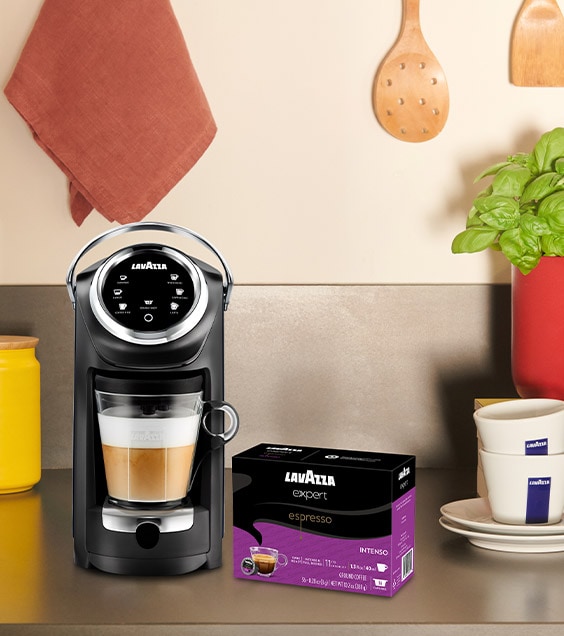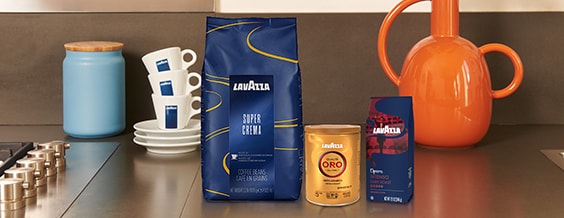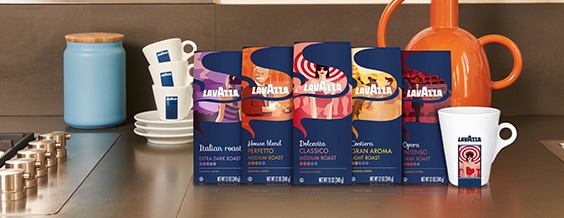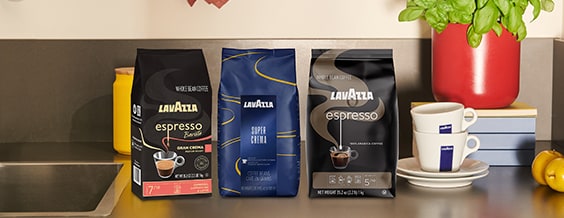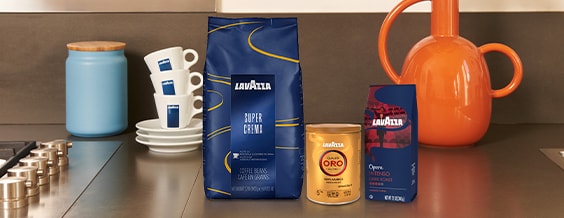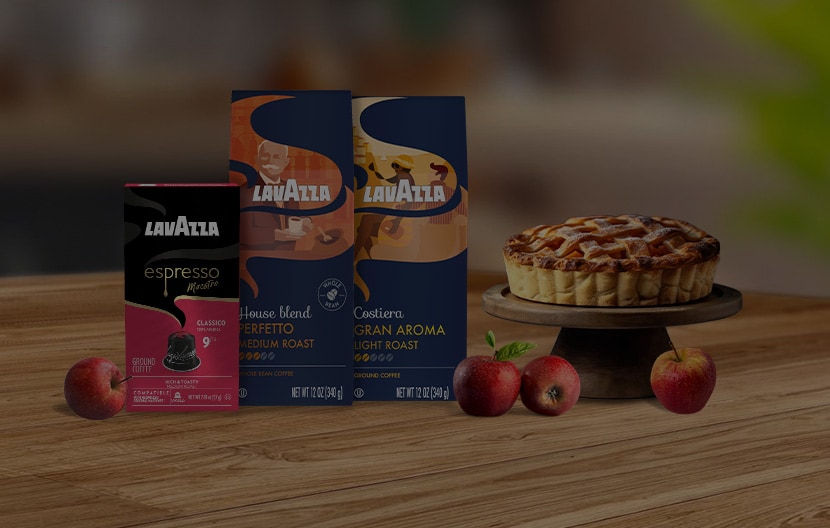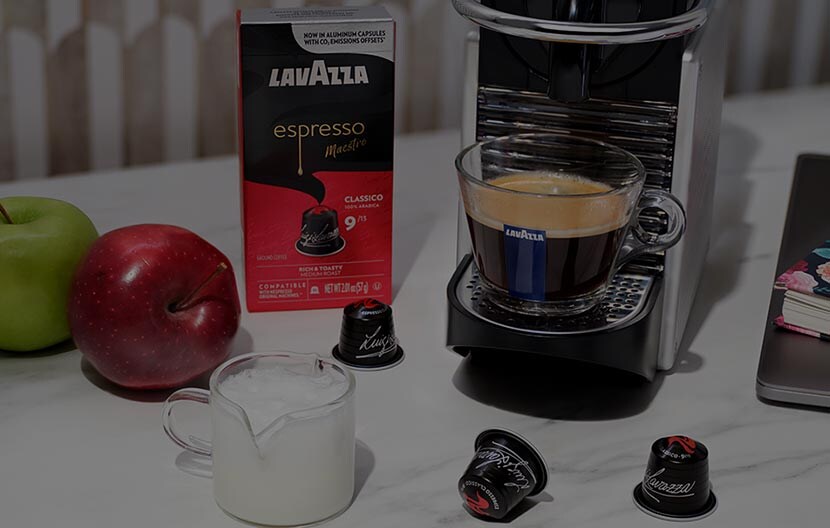*Lavazza is not affiliated with, endorsed or sponsored by Nespresso


Coffee Definition
Describing good coffee is nuanced because everyone has their preference. Coffee is a staple for many; some enjoy coffee because of the taste, and others consume it to simply take a relaxing break or wake up a bit. If you’re a coffee lover, you might be curious about coffee and the process behind your morning brew. Let’s dive deeper into the definition of coffee.
What is Coffee
When you visit your favorite coffee shop, they might display roasted coffee beans as decoration. You might have already seen whole coffee beans in the grocery store aisle as well. However, the original coffee plant doesn’t look like how it's presented after roasting.
Coffee fruits or cherries come from a tree that can grow to over 30 feet tall. The tree has green and waxy leaves, and the cherries grow on the branches. You can spot coffee trees bearing flowers and cherries, some green and some ripe for picking.
After the first flower blooms, coffee cherries can take up to a few months to grow. It’ll then reach total fruit production in about five years of growth. Coffee plants can live up to 100 years but are most productive at the ages of seven to 20. Depending on the coffee variety, the trees can increase their production with proper care. One coffee tree can produce up to ten pounds of cherries yearly or two pounds of green fruits.
So, what is coffee and what is coffee intensity? Coffee is what we call the beverage of brewed roasted ground coffee beans. The bean itself is inside the cherry, which is ripe and ready to harvest. Roasted ground coffee beans brewed with hot water can give a bit of an acidic taste and bitterness. The drink is known to have several health benefits, including a mild stimulant due to the caffeine in the beans. Intensity is a very personal descriptor, some people might refer to the level of body, other might refer to the perception of flavor or bitterness.
Coffee Aroma Meaning
Simply put, coffee aroma is the smell you can find in brewed coffee. It can showcase the bean’s flavor attributes which most tongues can’t precisely taste. Fresh coffee has a more perceivable and more persistent aroma compared to stale coffee, and it also tastes better.
The roasting process of coffee beans can create different flavors, ranging from fine acidity to bold bitterness. The more we roast the beans the more we develop the aroma, but if we roast too dark, we might destroy some good qualities. Lighter roasted beans will still have a distinct smell but differ from medium roasts. The most commonly detected aroma from coffee is caramel and somewhat nutty. On the other hand, stale coffee beans often give a musty smell.
What does coffee intensity mean? Intensity is a very generic word that can be different from person to person, but it is commonly used by everyday consumers. Testers use the term intensity to describe how strong the coffee aroma and richness is.
Coffee Taste: The Flavour Wheel
The World Coffee Research Sensory Lexicon has a standard set of attributes to help trained panels evaluate coffee tastes for research. The Flavor Wheel is a tool based on the lexicon detailing how to describe coffee taste. The Flavor Wheel includes 110 words to help testers understand more about how to describe coffee aromas. It has over 800 aromatic molecules and flavors relating to coffee’s sensory properties. The Wheel gives the tester insight on how to describe the smell of coffee in the same language. Therefore, they can exchange information with other testers using the same terms.
You don’t have to be a professional to use the Flavor Wheel. Even if you’re a beginner, the Wheel can also help you experience the different aromas of coffee beans.
How to Read The Flavour Wheel
Each circle has a specific definition and includes a reference to help the testers clarify attributes. It might be hard to understand the terms in the Flavor Wheel, but the lexicon contains a clear explanation of each word, and you can use the reference to help understand the outcome better.
To read the Flavor Wheel, you can start from the innermost circle, showing the division and chromaticity between the nine primary aromatic families. After determining the main aroma, you can work your way out to specify it further. The attributes will show different colors to one another and have small gaps that differentiate closely related aromas. If the gap connects far to the center wheel, the further the taste should differ from another.
